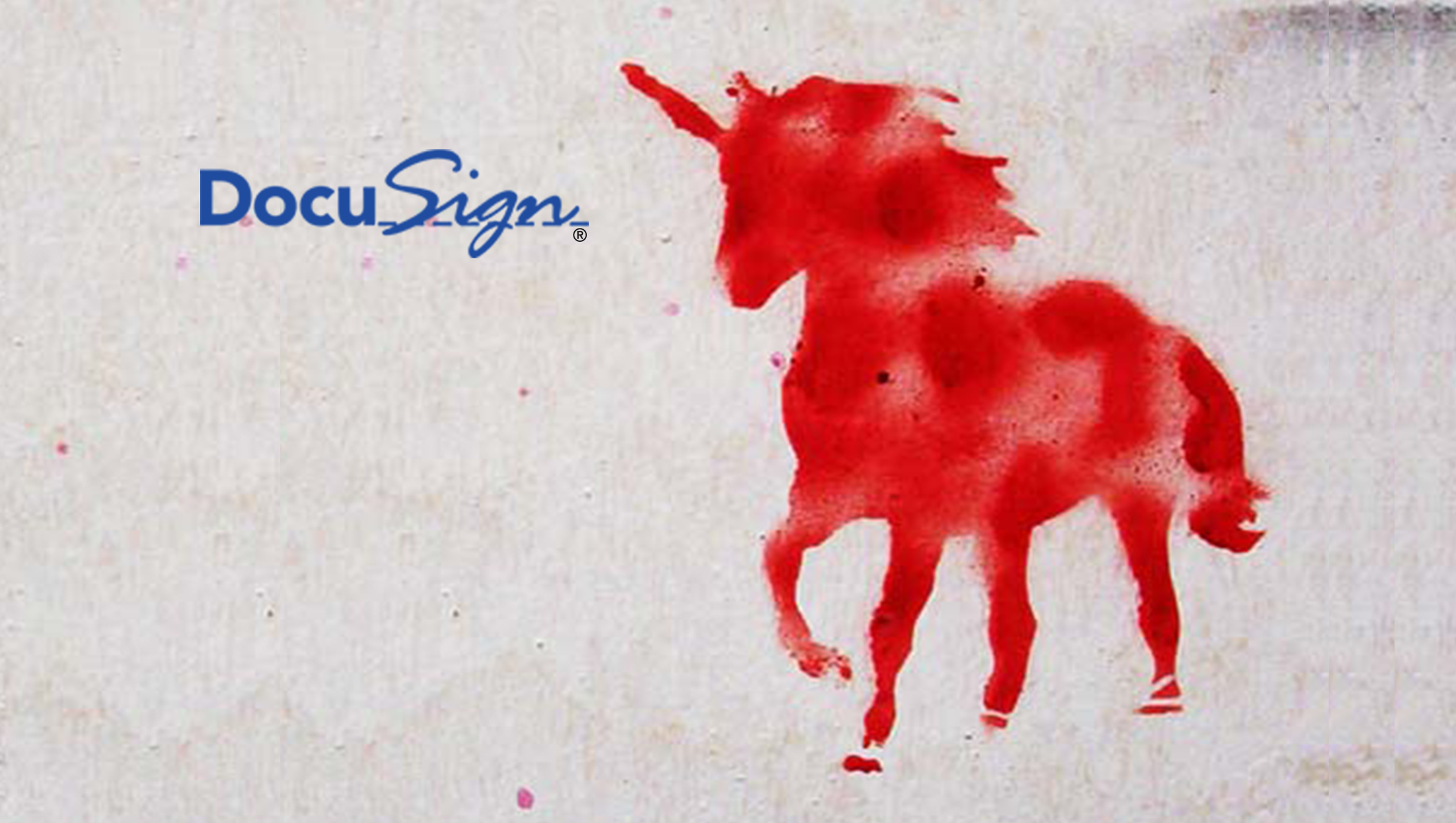Businesses are moving towards cloud-native as-a-Service models and the IPOs of software unicorns in 2018 are a testimony to this fact. Recently, it was Dropbox that made the news, and was preceeded by Smartsheet, Pivotal, and Zuora which also listed on the NASDAQ. Spotify, the streaming platform also went public this year.
This week, it was the turn of an SF-based $3 billion tech company to file its IPO. DocuSign aims to go public, with a ticker reading ‘DOCU’ on the NASDAQ. In the filing, DocuSign has shown 50% growth from 2016 to 2017, and during the period, has succeeded in decreasing losses. It’s one of the oldest and most valuable tech startups in the US, established in 2003. The DocuSign software is an integral part of insurance and real estate sectors in the US.
Recommended Read: Mobfox Introduces Audience Analytics for Better In-App Monetization
According to its S-1 filing with the SEC, the company has named Adobe as its main competitor after it acquired EchoSign in 2011. DocuSign has also stated that it competes with “a select number of niche vendors that focus on specific industries or geographies.”
A Sneak Peek into DocuSign
Founded by Eric Ranft, Court Lorenzini, and Tom Gonser, DocuSign ended 2016 with revenues of $250.5 million and reported losses of $122.6 million. In 2017, revenues touched $381.5 million and the net loss dropped to $115.4 million. DocuSign’s technology integrates with applications provided by SAP, Salesforce, Oracle, and Google.
Above 91% of DocuSign’s revenue is subscription-based while the remaining comes from professional services. 85% of its revenue comes from the US. According to the company, it has “hundreds of millions of users” apart from 350,000 customers. Sigma Partners, Ignition Partners, and Frazier Technology ventures are the investors in DocuSign. It has operational data centers in the US and Europe.
A Past Full of Bumpy Rides
DocuSign had shown interest in going public in 2013, but that plan never materialized. It then faced tumultuous times with many blaming it for being indecisive and sluggish. The large unit of 12 directors (mostly VCs) and a 120-member global advisory board were cited as the reason for that. This also meant a lot of contradictions and slowed down decision making, which had an impact in 2015 when DocuSign had set its eyes on going public but was thwarted yet again.
This time CEO Keith Krach wanted out, and thus, there was nobody to lead the IPO. Krach, a veteran now, took Ariba public in 1999 as its CEO which was later acquired by SAP for $4.3 billion in 2012.
Read More: TechBytes with Shouvick Mukherjee, Chief Technology Officer, Amobee
This is when one of the longest CEO hunts in tech history began in 2015. Troubled times continued for DocuSign when reports emerged that the likes of Microsoft (with a speculative $4 billion offer), IBM, Oracle, and Visa wanted to acquire the company. There was more to come. At the beginning of 2016, the DocuSign board decided on Rick Osterloh as the new CEO, only to be all at sea when Osterloh backed out and chose to be with Google, his former employee.
The CEO hunt finally ended in January 2017, when 54-year old Daniel Springer joined, got a board seat, and Krach, now 60, retained the position of chairman. Springer himself took Responsys public in 2011 as the CEO and the firm was then acquired by Oracle for $1.5 billion in 2013. The bumpy ride has smoothened since, and under Springer, DocuSign strengthened its machine learning capabilities in December 2017 with the acquisition of Appuri, a Paul Allen-backed startup.
Read More: Interview with Eric Porres, CMO, SundaySky
The eSignature World Ahead
As team collaborations move to the cloud and remote workplaces are touted to be the future, the eSignature software space is due to evolve further with advancements in AI. Now that it’s gone public and with players like PactSafe also growing rapidly in the same space, DocuSign needs to steer clear of any more potential quicksand type situations, irrespective of its massive board.
Read More: Is GDPR Really Changing Ad Tech?



